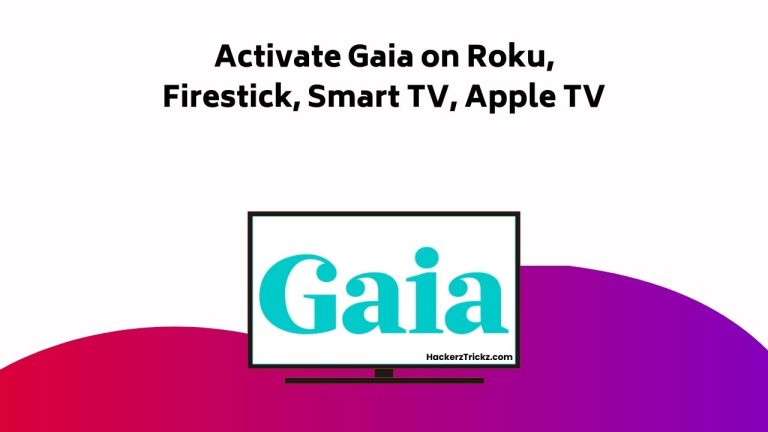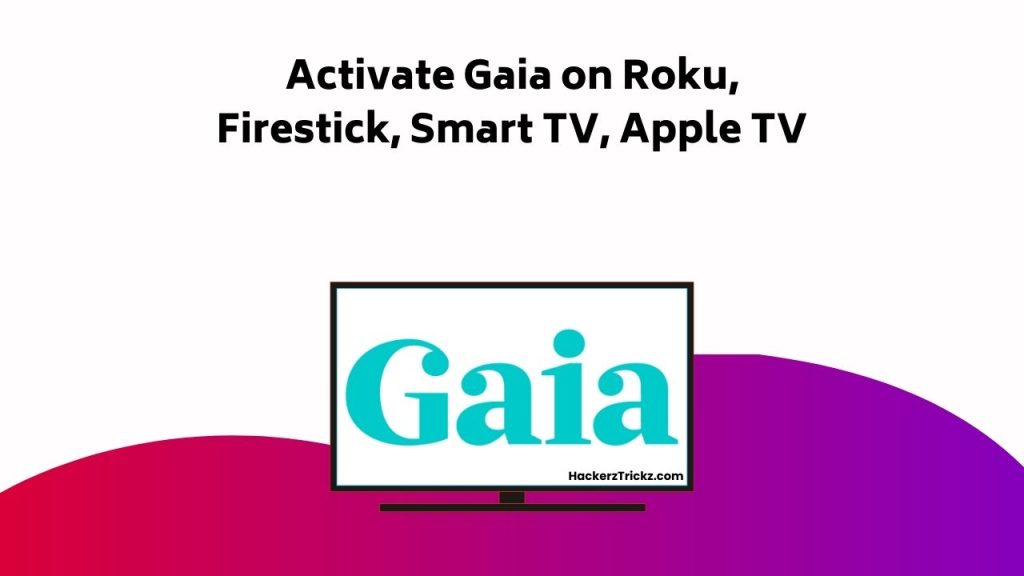So, you’re ready to broaden your horizons by bringing USA Network into your living room. By enabling this option on your device, you’re about to discover a whole new world of entertainment.
But how do you navigate this process smoothly and without hiccups? And what if you encounter a roadblock along the way? Don’t worry, we’ve got the answers to these questions and many more.
By the end of our discussion, you’ll be fully equipped to enable USA Network on your device and start enjoying your favorite shows. So, shall we begin?

Contents
Steps for Device Activation
To regularly enjoy your favorite shows on USA Network, you’ll first need to activate the app on your chosen device. This process involves exploring your device’s app store, searching for the USA Network app, and installing it. Afterward, you’ll be presented with an activation code on your screen.
Remember, this code is essential for the next step: visiting the activation site provided and entering the code. Sign in using your TV provider credentials and voila! You’re all set to binge your favorite shows. If issues arise, troubleshooting tips include signing in again or logging out of previous provider accounts on your device.
Your internet speed impacts streaming quality, so verify it’s up to par. Finally, keep track of content expiration dates to avoid disappointment.
USA Network Compatible Devices
Wondering what devices are compatible with the USA Network app? You’ve got plenty of options.
From your living room devices such as Roku, Amazon Fire TV, and Apple TV, to your mobile devices running on iOS and Android, USA Network has got you covered.
You can even stream directly from gaming consoles like Xbox One and PlayStation 4. That’s not all. Various streaming options are available, ensuring you have easy access to USA Network shows and content no matter where you are.
Recommended Internet Speed
Having established the devices compatible with the USA Network app, let’s also make sure you have the necessary internet speed for a seamless streaming experience. Maximizing performance and bandwidth optimization are key factors in achieving this.
For standard definition content, you’ll need at least 1.5 Mbps. If you’re more into high-definition content, a speed of 5 Mbps is recommended. For streaming live local NBC station streams, you should aim for 8.0 Mbps and for general library content, 3.0 Mbps should suffice.
- Standard Definition: 1.5 Mbps
- High Definition: 5 Mbps
- Live NBC Streams: 8.0 Mbps
- Library Content: 3.0 Mbps
Troubleshooting App Problems
Experiencing issues with your USA Network app? Don’t worry, we’ve got you covered. App performance can be affected by various factors, from internet speed to device compatibility. If you’re facing playback issues, try logging out of the app and signing back in with your TV provider credentials. This simple reset often clears up any glitches.
Make sure you’re using a device compatible with the USA Network app. If the problem persists, uninstall the app, restart your device, and reinstall it. This fresh start can help resolve stubborn issues.
Understanding Content Availability
In the dynamic world of streaming, content availability on the USA Network app can vary due to licensing agreements with content partners. It’s essential to be aware of these variables when accessing exclusive content.
Exploring licensing terms is a critical step in understanding content availability on your device. These terms can influence:
- The range of shows available on your device
- The duration for which these shows are available
- The regions where these shows can be accessed
Importance of Activation Information
Understanding your initiation information is key to releasing a wealth of content on your device through the USA Network app.
The initiation process offers a bounty of benefits, such as access to exclusive shows and live features. However, it isn’t without its challenges, like entering the correct initiation code and provider credentials.
But here’s a tip: Keep your initiation information handy to streamline the process. Remember, the more accurate your initiation details, the less likely you’ll encounter issues.
Equipping yourself with this knowledge not only helps you bypass initiation challenges but also optimizes your device’s potential.
After mastering your initiation information, your next adventure lies in exploring the app store on your device to download the USA Network app. This is an essential step to open a world of entertainment right at your fingertips.
When you’re in the app store, use the search bar to type in ‘USA Network.’ The app should appear in the search results. Don’t rush to download it yet. Before that, it’s worth examining the app features and reviews to make sure it aligns with what you’re looking for.
- Look at the user ratings and reviews. They provide invaluable insights into the app’s performance.
- Check out the screenshots to get a feel for the app’s interface.
- Read the app description. It often details what you can expect from the app in terms of content and user experience.
How to Obtain Activation Code
Once you’ve installed the USA Network app on your device, it’s time to grab your activation code. This code is a key to access a galaxy of entertainment. To obtain it, launch the app and follow the on-screen instructions. An activation code will appear. Keep this handy, you’ll need it to redeem and enjoy the activation code benefits.
With the code in hand, visit the USA Network’s official activation site on a web browser. Here’s a tip – it’s quicker to do this on a computer or smartphone. Enter the code into the provided field. Be careful to avoid typos. In a matter of seconds, you’ve accessed a world of premium content. Now, you’re ready for the next step – signing in with your provider. Enjoy the ride!
Provider Sign-In Process
You’re on the home stretch now – it’s time to sign in with your TV provider credentials. This provider authentication step is key to accessing the USA Network on your device.
It’s a relatively simple process if you follow these steps:
- Locate the ‘Sign In’ or ‘Authenticate’ option within the USA Network app.
- Select your TV provider from the list presented.
- Input your TV provider account username and password.
Managing Provider Accounts
Let’s dive into how to manage your TV provider accounts for a smooth USA Network experience. Managing subscriptions is the first step. Make sure you’re subscribed to a package that includes USA Network. If not, upgrade your plan or switch providers.
Next, guarantee account security. Use strong, unique passwords and change them regularly. Be wary of phishing attempts and only enter your credentials on official provider sites or trusted apps.
If you have multiple provider accounts, consider consolidation. It’s easier to manage one account than several. Remember to regularly check your account for any unauthorized changes.
To conclude, don’t hesitate to contact your provider’s customer service for any issues or doubts. They’re there to help you enjoy your favorite USA Network shows without a hitch.
Conclusion
You’ve now got the key to unlocking a world of entertainment with the USA Network app. Remember, over 95% of users report a seamless activation process, so you’re on track for success.
Stay connected, make sure you’ve got the recommended internet speed, and troubleshoot with ease. With your favorite shows at your fingertips, you’re all set for a thrilling viewing journey.
Now, get ready to explore the vast library of the USA Network. Happy streaming!



















